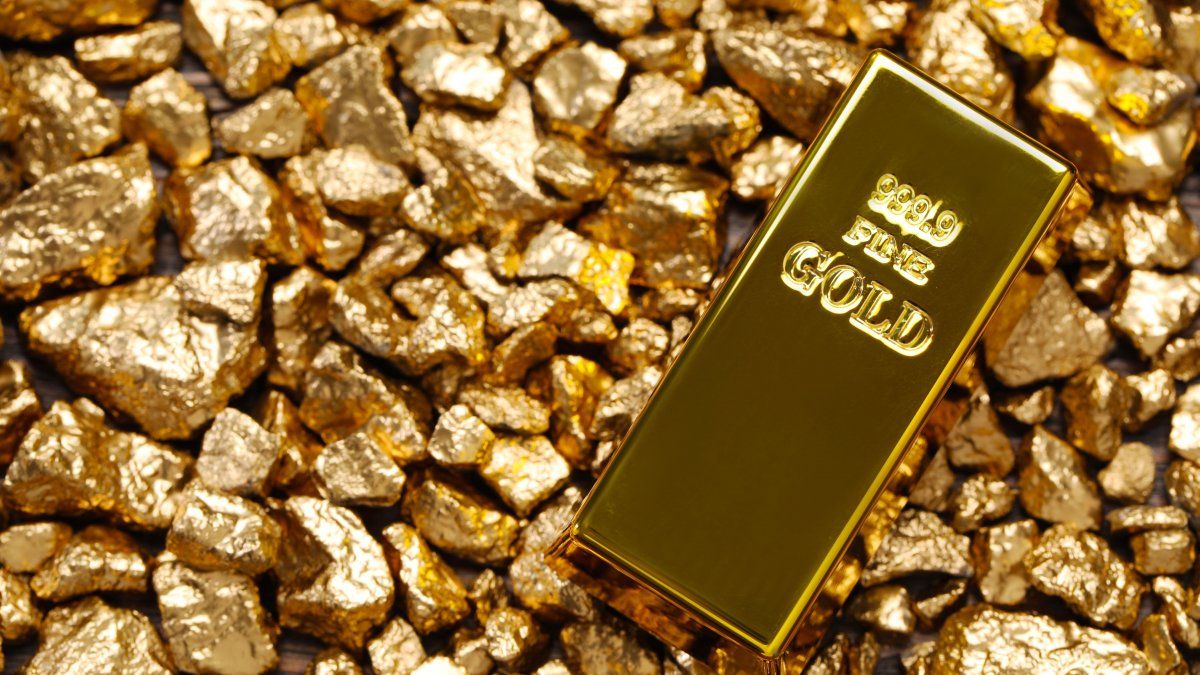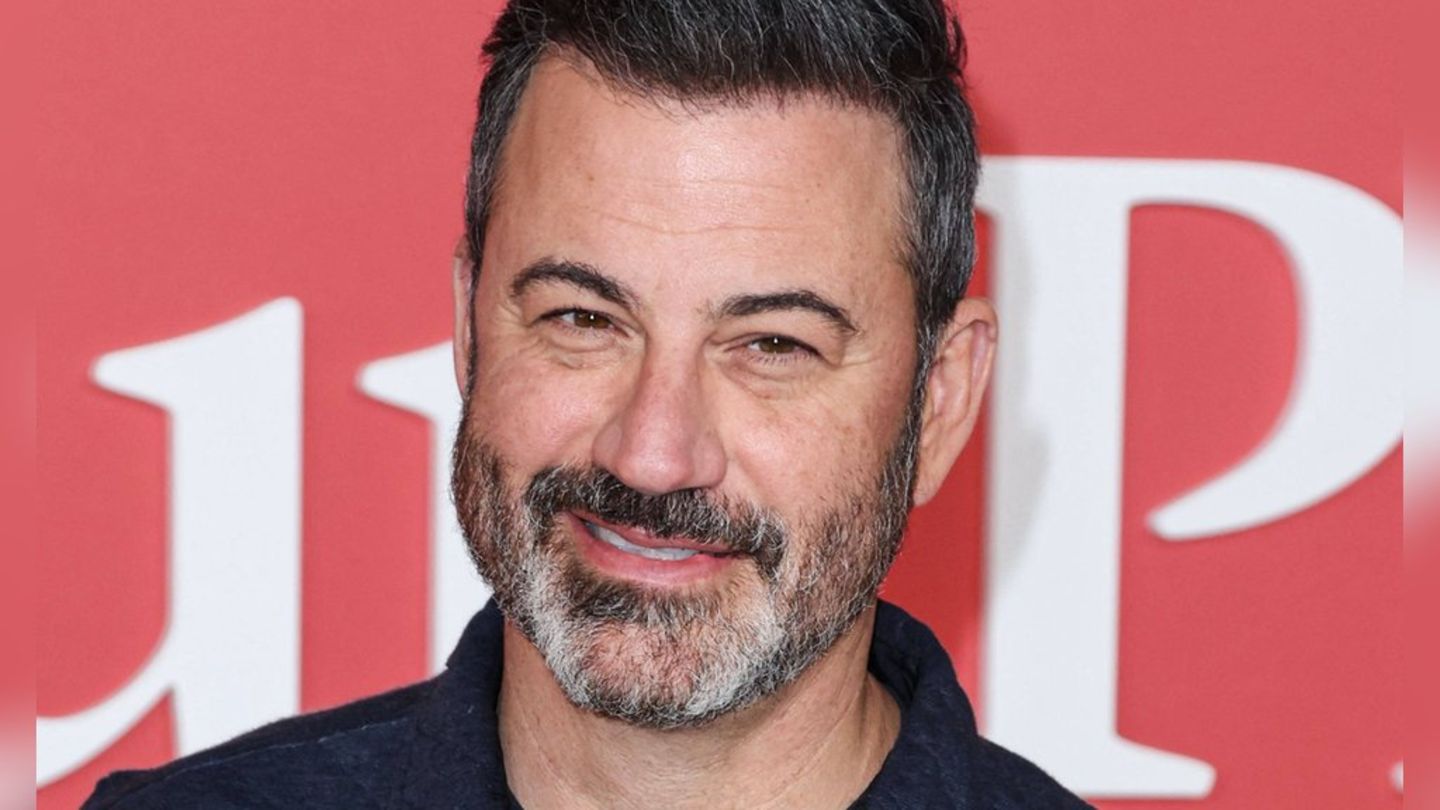The price of gold reaches another historical record this Thursday, and is on track to have its best month in seven months, driven by the search for safe haven assets before the US presidential elections on November 5 and the expectation of new inflation data that could affect the Federal Reserve’s interest rate decisions.
Spot gold remains above $2,783.75, after reaching a high of $2,790.15 at the beginning of the session. In October, the metal has seen an increase of almost 6%, while US gold futures are down 0.2% to $2,794.90.
The electoral contest between Donald Trump and Kamala Harris has the markets in a state of expectation, with uncertain results in the polls. According to Kyle Rodda of Capital.com, the rise in gold appears to function as a hedge against a possible increase in the deficit if Trump is victorious, which could lead to an increase in spending. Gold, as a safe haven asset, is often attractive during times of economic instability and low interest rates.
Investors are also keeping an eye on US PCE index data, which could influence gold demand. If core PCE inflation in September shows an increase of less than 0.3%, this could reinforce the bullish trend in gold, as indicated by Matt Simpson of City Index.
Additionally, data on the US labor market, including jobless claims and payroll reports, are expected to impact decisions by the Federal Reserve, which currently has a 96% chance of cutting rates next week.
On the other hand, the price of silver fell 0.7% to $33.57 an ounce, platinum fell 0.5% to $1,003.17, and palladium decreased 1.3% to $1,132.23. Despite these falls, all metals are set to close the month with gains.
Gold: record demand
The value of global gold demand increased 35% year-on-year, surpassing US$100 billion for the first time in history in the third quarter, the World Gold Council (WGC) reported on Wednesday.
Inflows into gold exchange-traded funds (95 metric tons) were a major driver of growth, the WGC said, adding that the third quarter was the first positive quarter since the first of 2022, with a year-on-year change from large outflows ( -139 tons) from the third quarter of last year.
Global bullion and coin investments (269 tonnes) declined 9 percent year-on-year, from a relatively strong third quarter last year. Much of the decline was specific to two or three key markets, offset by a very strong quarter in India, according to the WGC.
Gold jewelery consumption (459 tonnes) fell 12% year-on-year despite strong growth in India, the WGC said. It noted that although consumers bought small quantities, their spending on gold jewelry increased: the value of demand rose 13 percent year-on-year to more than $36 billion.
gold
Depositphotos
The pace of central bank purchases (186 tonnes) slowed in the third quarter, but cumulative purchases to date are in line with 2022 and remain widespread, the council said.
Artificial intelligence continued to support the use of gold in technology (83 tons), which grew 7% year-on-year, although from a fairly low base and with a perspective that remains cautious, as indicated.
Gold prices continued to hit all-time highs this year. The average LBMA benchmark gold price (PM) for the quarter was 28% higher year-on-year, reaching a record $2,474 per ounce, according to WGC calculations.
Total gold supply grew 5% year-on-year, reaching a record 1,313 tons. Mining production grew 6% year-on-year, setting another quarterly record, and year-to-date production has surpassed the previous high from 2018. Recycled gold volumes increased 11%; however, a distress sell-off is not yet evident, the council noted.
Source: Ambito
I am Pierce Boyd, a driven and ambitious professional working in the news industry. I have been writing for 24 Hours Worlds for over five years, specializing in sports section coverage. During my tenure at the publication, I have built an impressive portfolio of articles that has earned me a reputation as an experienced journalist and content creator.




